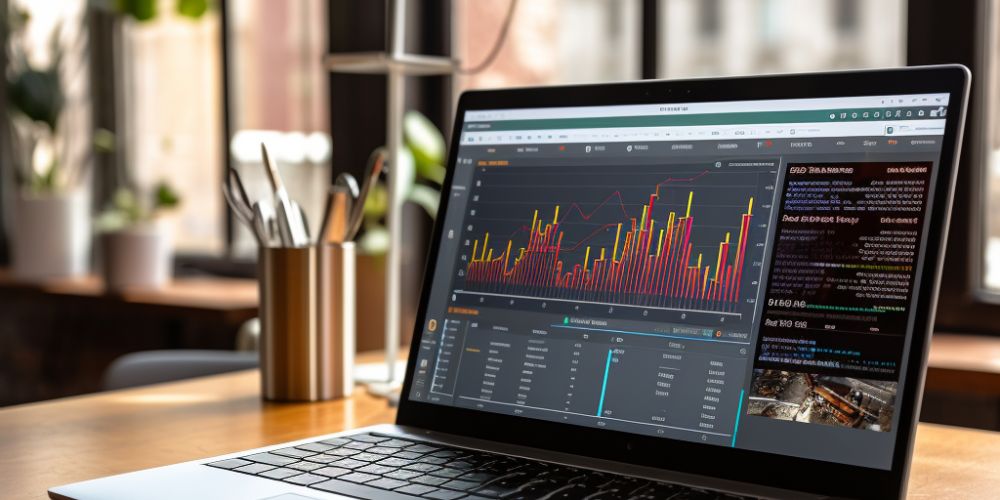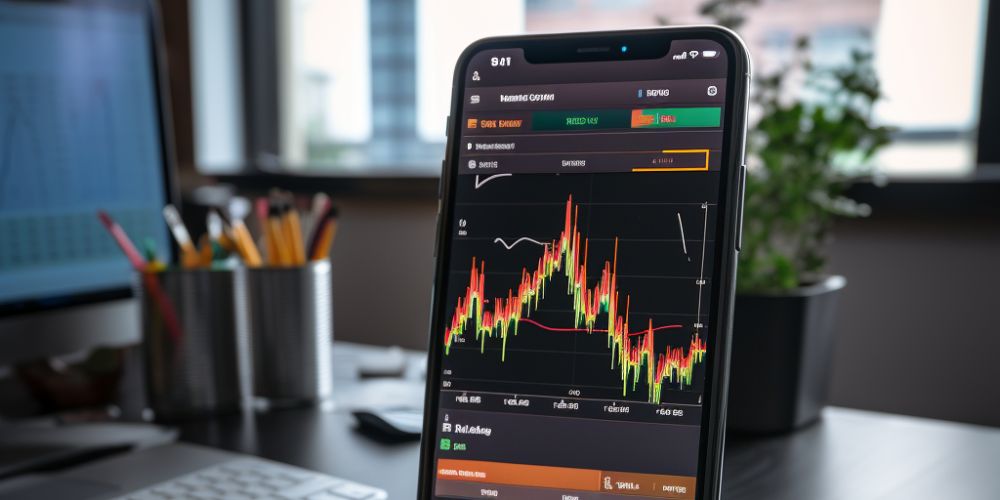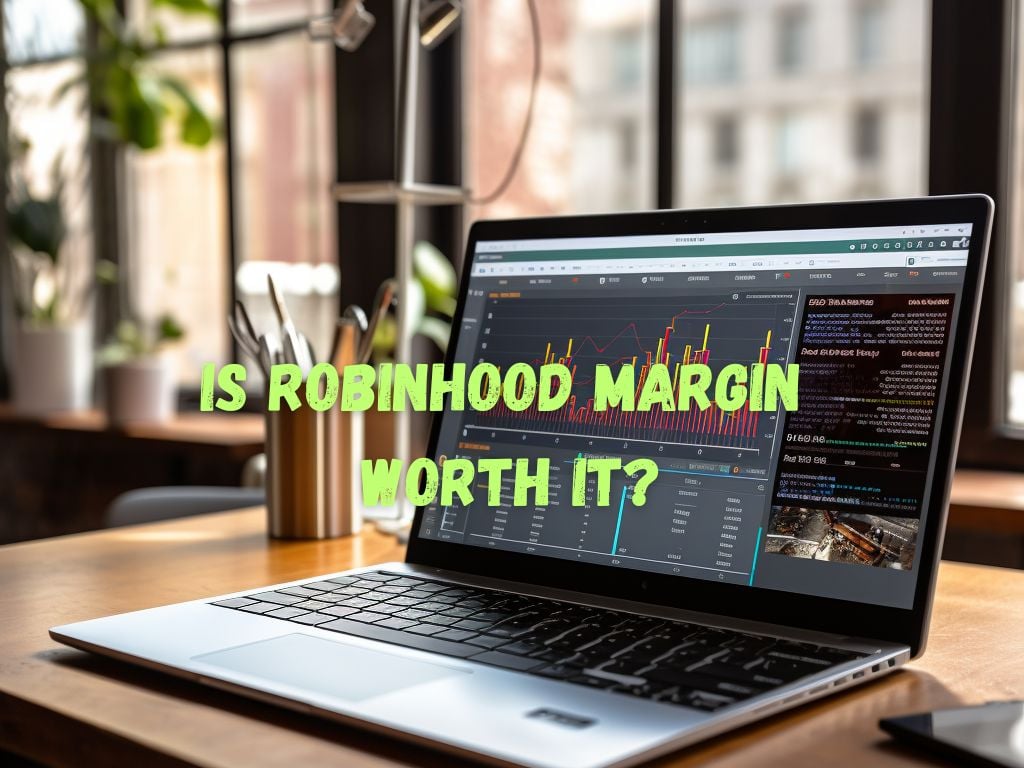In today’s fast-paced financial world, investors are constantly seeking opportunities to maximize their returns.
Robinhood Margin is one avenue that offers the potential for increased buying power and higher profits.
But, is Robinhood margin worth it?
Honestly speaking, with its advantages come inherent risks, and that needs to be addressed.
In this article, we will delve into the world of Robinhood Margin and evaluate whether it is truly worth it for investors.
What is Robinhood Margin?
Robinhood Margin is a feature offered by the popular commission-free trading platform, Robinhood.
It allows users to borrow money from Robinhood to potentially increase their buying power and take advantage of market opportunities.
With Robinhood Margin, investors can amplify their investment returns by leveraging borrowed funds.
What does Robinhood Margin offer?
Robinhood Margin provides users with the ability to trade on margin by borrowing funds from Robinhood.
This results in increased buying power, enabling investors to acquire larger positions than they could with just their own capital.
How does Robinhood Margin work?
When investors opt for Robinhood Margin, they are essentially borrowing money from Robinhood at an agreed-upon interest rate.
This borrowed money is then used to purchase securities.
The investor is required to maintain a minimum account balance and must adhere to the terms and conditions set by Robinhood.

Types of Robinhood Margin accounts
Robinhood offers two types of margin accounts – Robinhood Instant and Robinhood Gold.
Robinhood Instant
This is a free service that provides users with instant access to funds from selling stocks.
Users can access a certain percentage of their portfolio’s value instantly without waiting for the actual settlement of the sale.
Robinhood Gold
This is a premium subscription plan that requires a monthly fee.
With Robinhood Gold, users receive additional perks such as access to larger instant deposits, extended trading hours, and interest-free margin for borrowing up to $1000.
Is Robinhood Margin Worth it?
In the realm of margin trading, Robinhood Margin offers the potential for increased buying power and higher investment returns.
However, it comes with inherent risks that must be carefully considered. Ultimately, the decision to use Robinhood Margin depends on your individual financial situation, risk tolerance, and investment goals.
It is crucial to thoroughly understand the terms, evaluate associated fees, and approach margin trading responsibly.
With careful consideration and a disciplined approach, Robinhood Margin can be worth it for investors seeking to maximize their investment opportunities.
Pros of Robinhood Margin
While Robinhood Margin offers potential benefits, it is essential to consider them in relation to your investment goals and risk tolerance.
Increased buying power
One of the key advantages of Robinhood Margin is the ability to amplify your buying power.
By borrowing funds, you can purchase more shares or larger positions, potentially increasing your investment returns if the market moves in your favor.
Potential for higher returns
With the increased buying power provided by Robinhood Margin, there is the potential for higher profits.
If the investments perform well, the returns generated on the borrowed funds can significantly outweigh the interest charges, resulting in a net gain.

Cons of Robinhood Margin
While the benefits of Robinhood Margin are appealing, there are important risks and drawbacks to consider.
Increased risk
Trading on margin involves significant risk. While it can amplify potential gains, it can also magnify losses.
If the investments made using borrowed funds perform poorly, the losses can surpass the initial investment, resulting in a larger financial setback.
Forced liquidation
In the event of a sharp decline in the value of the investments held on margin, Robinhood may issue a margin call.
A margin call requires the investor to deposit additional funds into the account to meet the minimum margin requirements.
If the investor fails to do so, Robinhood may forcibly liquidate the positions to cover the borrowed funds, potentially locking in losses.
When Is Robinhood Margin Useful?
While Robinhood Margin offers potential benefits, it is important to consider the circumstances under which it is useful.
Examples of when to use Robinhood Margin
- Taking advantage of short-term trading opportunities: Margin can be beneficial when capitalizing on short-term price movements or market inefficiencies.
- Leveraging a well-researched investment strategy: If you have thoroughly researched your investment and have a high conviction, margin can help increase your exposure to potentially enhance returns.
Scenarios when it is best to avoid Robinhood Margin
- Lack of experience: If you are new to investing or lack a thorough understanding of margin trading, it is advisable to avoid leveraging your investments until you have gained sufficient knowledge and experience.
- Uncertain market conditions: During times of high market volatility or economic uncertainty, it is generally wise to exercise caution when using margin, as the risks are amplified in such environments.
Fees and Charges
Understanding the associated fees and charges is crucial when evaluating whether Robinhood Margin is worth it for you.
Interest rates
Interest rates for Robinhood Margin accounts can vary depending on the prevailing market conditions and the amount borrowed.
It is important to review the rates offered by Robinhood and compare them to other brokerage firms to ensure you are getting a competitive deal.
Types of fees
Aside from interest charges, Robinhood may also charge fees for certain actions, such as wire transfers, paper statements, and others.
Familiarize yourself with the fee schedule provided by Robinhood to understand the potential costs involved.
How to calculate costs
To accurately calculate the costs associated with margin trading on Robinhood, it is essential to consider both the interest charges and any applicable fees.
By multiplying the borrowed amount by the interest rate and factoring in the fees, you can determine the overall cost of trading on margin.

Frequently Asked Questions
How does Robinhood determine who gets the margin?
Robinhood assesses each user’s eligibility for margin based on various factors, including account history, trading activity, and financial information provided during the account creation process.
How do you repay Robinhood Margin?
Repaying Robinhood Margin is done automatically through the sale of securities or by depositing cash into the account.
Repayment is required before utilizing the borrowed funds again or as per the terms outlined by Robinhood.
What if I can’t pay my margin call?
If you cannot meet a margin call, Robinhood has the authority to forcibly liquidate your positions to cover the borrowing.
It is crucial to monitor your account and manage your margin responsibly to avoid this situation.
Conclusion
Robinhood Margin can offer increased buying power and the potential for higher investment returns.
However, it is crucial to weigh the advantages against the inherent risks involved. Before opting for Robinhood Margin, carefully consider your financial situation, risk tolerance, and investment goals.
Always prioritize a thorough understanding of the terms and conditions, evaluating the associated fees and charges, and employ a disciplined approach when using margin.
By doing so, you can make an informed decision as to whether Robinhood Margin is worth it for your investment strategy.


 Tags:
Tags:










